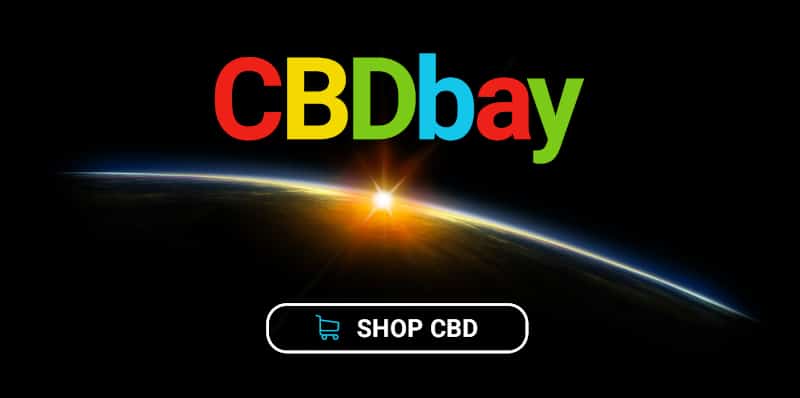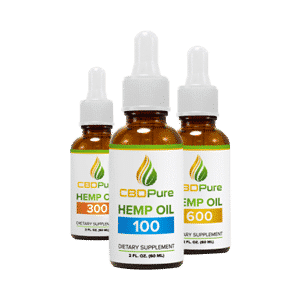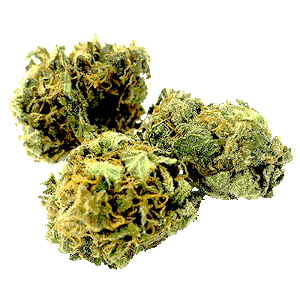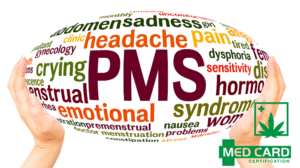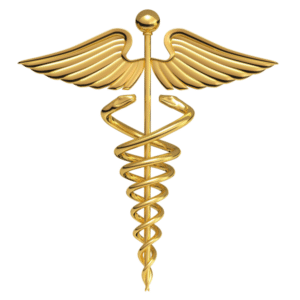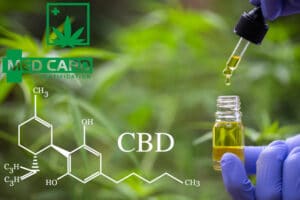How does CBD oil really work?
It’s complicated.
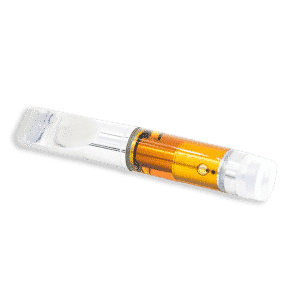
How does CBD oil really work? Although this is not need-to-know information for taking advantage of CBD’s medicinal and therapeutic effects, it is quite a fascinating topic. Many articles on how CBD works oversimplify the subject, focusing only on the human endocannabinoid system and omitting a vast array of other ways CBD affects the human body. Here’s how CBD oil really works.
Search Google for the phrase “how CBD works” and you’ll get a variety of informative articles. The problem is, they all differ in their explanations. Most commonly you’ll learn the following facts:
- Cannabidiol, aka CBD, is a cannabinoid.
- Cannabinoids work by interacting with cannabinoid receptors on the surface of cells.
- These receptors are known as CB1 and CB2.
- CB1 receptors are found in the brain.
- CB2 receptors are found throughout the body.
- THC binds with CB1 receptors causing intoxication.
- CBD does not bind with CB1 receptors and is non-intoxicating.
This is a gross oversimplification of how CBD works. There are actually scores of molecular pathways in the human body that are affected by CBD. However, given an average article length of 800-ish words, it’s difficult to get into much more detail than that.
But the common answers still leave a ton of questions. What’s a cannabinoid? What’s a receptor? How does THC cause intoxication? Why doesn’t CBD cause intoxication?
It also leaves out some critical information such as the fact that CBD oil contains other very powerful active compounds known as terpenes which, depending on their presence or absence, can greatly influence the effects of a particular product. So now you have to know how hemp-derived terpenes work as well.
Does learning how CBD oil works really benefit anyone? There are better questions to ask. What does CBD do? What are CBD’s effects? What are the benefits of CBD oil? How much CBD should I take? Can I take too much CBD? Does CBD oil have side effects? Will CBD oil get me high? Can I lose my job for taking CBD oil? Is CBD oil even really legal?
All of these questions are far more important to someone who is considering using CBD oil than how it actually works in the human body.
What it comes down to is this question of how CBD works is more of a curiosity question than a need-to-know question. And for someone who is truly curious about how CBD works, “it binds with receptors” is not a very satisfying answer.
For those of you looking for the need-to-know information here are some articles that can put you on the right track to getting answers.
It might take some time to read through all of these articles, but that’s called doing your homework.
Now for those of you with a burning curiosity about how CBD really works, we’re going to do a semi-deep dive into the mysterious world of neurotransmitters and receptors.
This information is for everyone looking for a more satisfying and more real answer to the question “how does CBD work.” It is not for beginners or those without some basic understandings of human physiology.
Let’s get into it……
How does CBD work? It’s complicated.
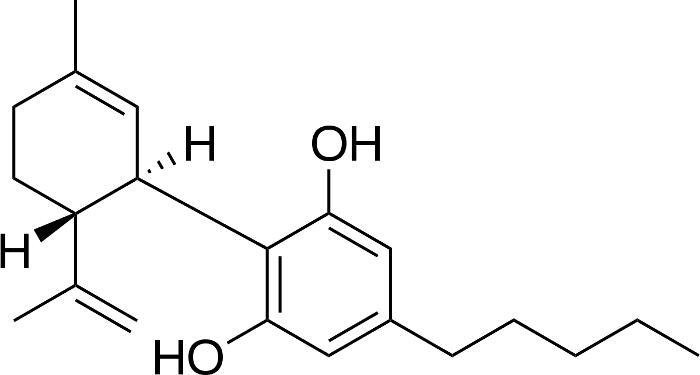
Cannabinoids are like long lost cousins. You might have known them when they were young, but since they’ve been gone a lot has changed. And you’ve got a lot to catch up on. It’s the same with cannabis.
Some things were known about cannabis and its medicinal effects prior to being demonized and made illegal back in the early-mid 20th century. After cannabis became illegal there was a long period of time that might be called the Dark Ages of cannabis when undertaking scientific research on the medicinal effects of cannabis was darn near impossible.
Cannabinoids are like long lost cousins. You might have known them when they were young, but since they’ve been gone a lot has changed. And you’ve got a lot to catch up on. It’s the same with cannabis.
Some things were known about cannabis and its medicinal effects prior to being demonized and made illegal back in the early-mid 20th century. After cannabis became illegal there was a long period of time that might be called the Dark Ages of cannabis when undertaking scientific research on the medicinal effects of cannabis was darn near impossible.
Only in recent years have the Reefer Madness crowd begun to be drowned out by rational discourse on the uses of cannabis in medicine. Slowly but surely, beginning in the latter part of the 20th century, research has begun to ramp up.
That is Madness….and now that 30-something states have legalized cannabis in one form or another, and the US federal government has legalized the cultivation of hemp and the production of CBD, the flood gates have opened on CBD research.
In fact, numerous drugs containing CBD and other cannabinoids have been approved by the US Food and Drug Administration and its equivalent in other nations around the world. These include
Here’s what we’ve been learning in recent years: Cannabidiol is what is known as a pleiotropic drug. What that means is that it produces a range of effects through numerous mechanisms. In fact, researchers have so far identified more than 65 molecular pathways that are affected by CBD. Furthermore, CBD can stimulate, block, and modify these pathways in other ways. It also affects the body in ways that are completely unrelated to receptors.
Here are just a few of the known molecular pathways via which CBD produces its array of therapeutic effects:
- Interacts with endocannabinoid receptors
- Interacts with serotonin receptors
- Interacts with vanilloid receptors
- Interacts with GPR55 orphan receptors
- Interacts with PPARS nuclear receptors
How does CBD affect endocannabinoid receptors?
CB1 and CB2 endocannabinoid receptors are responsible for regulating the activity of neurotransmitters in the human body.
If you search Google for “CBD receptors” you’ll inevitably find some articles that will tell you that THC binds with CB1 receptors and CBD binds with CB2 receptors. This is not the case.
In actuality, CBD binds with neither CB1 nor CB2 receptors. Although CBD has little “binding affinity” with these receptors, it interacts with them in other ways and modulates their activity.
For example, CBD has also been shown to be what’s known as a negative allosteric modulator of the CB1 receptor. That means it changes the shape of the receptor in a way that weakens its ability to bind with THC. This, in turn, is thought to reduce THC’s intoxicating effects.
CBD also interacts in a number of ways with CB2 receptors. Although CB2 receptors are not expressed in abundance in the brain or the central nervous system, they are plentiful in other organs throughout the body.
CB2 receptors are thought to be involved in processes such as immune response and inflammatory response. In fact, CB2 receptors are implicated in functions related to almost all common diseases affecting humans including cardiovascular, gastrointestinal, liver, kidney, neurodegenerative, psychiatric, bone, skin, autoimmune, lung conditions, and cancer. CB2 also plays a role in physiological processes including memory and mood.
How does CBD affect serotonin receptors?
Research into CBD and the neural correlates of anxiety have shown that CBD directly activates the 5-HT1A (hydroxytryptamine) serotonin receptor, a G-coupled protein receptor and member of the family of 5-HT receptors. 5-HT1A is involved in modulating sensations such as anxiety, cravings, hunger, wakefulness, and the perception of pain and nausea.
5-HT1A is typically activated by a neurotransmitter known as serotonin. Sometimes called “the bliss molecule,” Seratonin is responsible for extinguishing fear and inducing feelings of safety and serenity after danger or stressful events have passed.
Both CBD and CBDA have the ability to mimic serotonin and produce anti-anxiety and anti-nausea effects as well as the ability to reduce cravings.
How does CBD affect vanilloid receptors?
CBD also binds with TRPV1 receptors (pronounced “trip receptors”). TRPV1 is one of several dozen TRP receptor variants. TRPV stands for “transient receptor potential cation channel subfamily V.” TRVP1 is also referred to as a “vanilloid receptor” because it interacts with a terpene known as eugenol that is found in vanilla beans.
CBD actually binds with TRPV1 producing a wide range of effects including pain reduction. Furthermore, eugenol, which also found in cannabis, possesses antiseptic and analgesic properties and has been known to modulate pain perception, inflammation, and body temperature.
How does CBD affect GPR55 orphan receptors?
CBD functions as an antagonist that blocking or deactivating another G protein-coupled receptor known as GPR55 that is found in abundance in the brain. Because researchers are unsure as to which family of receptors GPR55 belongs, it has been dubbed an “orphan receptor.” Among other physiological processes, GPR55 is intimately involved in modulating blood pressure.
GPR55 also promotes osteoclast cell function which facilitates bone reabsorption and improves bone density. Osteoporosis is associated with overactive GPR55 receptors. CBD is thought to block this activity and to help prevent Osteoporosis.
GPR55 is also found in cancer cells and is thought to promote their proliferation. Because CBD is known to block the activity of GPR55 it might play a role in reducing the spread of cancer.
How does CBD affect PPARS nuclear receptors?
PPAR receptors, aka peroxisome proliferator-activated receptors, regulate genes involved in metabolic functions such as energy homeostasis, lipid uptake, and insulin sensitivity. Because CBD can affect insulin sensitivity, there is hope that it might play a role in reducing the symptoms of diabetes.
Moreover, activating PPAR receptors causes the degradation of amyloid-beta plaques that are shown to be involved in the development of Alzheimer’s disease. CBD is considered a PPAR-gamma agonist and might be a useful in preventing or slowing the progression of Alzheimer’s disease.
Furthermore, a receptor known as PPAR-gamma has been shown to play a role in tumor regression in human lung cancer cell lines and is suspected to possess other anti-tumor properties.
How does CBD act as a reuptake inhibitor?
CBD has been shown to raise our own natural endocannabinoid levels and function as an anandamide reuptake and breakdown inhibitor. Reuptake inhibition is believed to be involved in neuroprotective effects and a reduction in seizures.
Furthermore, CBD inhibits the reuptake of a neurotransmitter known as adenosine. CBD boosts adenosine levels in the brain, which in turn regulates adenosine receptor activity. Adenosine receptors A1A and A2A are involved in cardiovascular function and anti-inflammatory activity throughout the body.
How does CBD act as an Allosteric Modulator?
CBD has been shown to raise our own natural endocannabinoid levels and function as an anandamide reuptake and breakdown inhibitor. Reuptake inhibition is believed to be involved in neuroprotective effects and a reduction in seizures.
Furthermore, CBD inhibits the reuptake of a neurotransmitter known as adenosine. CBD boosts adenosine levels in the brain, which in turn regulates adenosine receptor activity. Adenosine receptors A1A and A2A are involved in cardiovascular function and anti-inflammatory activity throughout the body.
Wrapping it up
Again, the information presented in this article, although it is much deeper than your typical “how does CBD work” article, presents just a small fraction of the scores of mechanisms by which CBD affects the human body.
Perhaps this article was a little too technical for some of you. If you’re doing your homework and looking for some of the more “need to know” type articles you might try these articles:
For those of you who would like to delve even deeper into these topics, we have included a list of links below to a few of the actual research reports on which the information in this article is based.
Additional reading:
- CBD and the neural correlates of anxiety
- The putative cannabinoid receptor GPR55 promotes cancer cell proliferation
- The putative cannabinoid receptor GPR55 affects osteoclast function in vitro and bone mass in vivo
- A Personal Retrospective: Elevating Anandamide (AEA) by Targeting Fatty Acid Amide Hydrolase (FAAH) and the Fatty Acid Binding Proteins (FABPs).
- Fatty acid-binding proteins (FABPs) are intracellular carriers for Δ9-tetrahydrocannabinol (THC) and cannabidiol (CBD)
- The direct actions of cannabidiol and 2-arachidonoyl glycerol at GABAA receptors.

